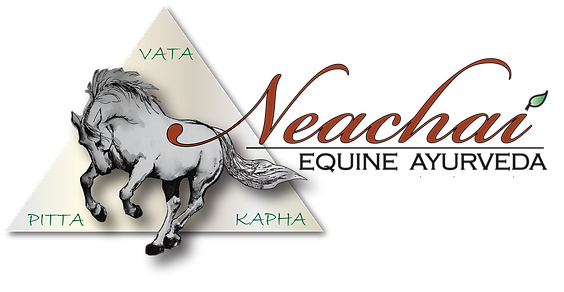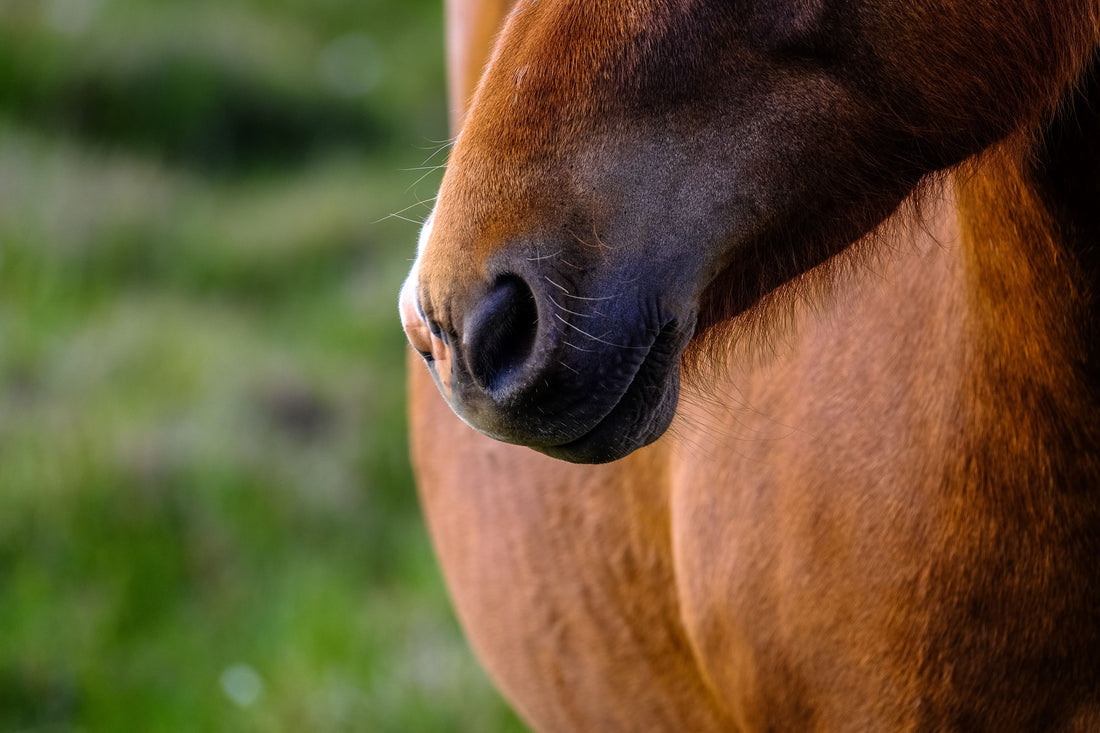The last part in the series of disease pathology is for Kapha dosha. Of the four elements of matter, Kapha is considered Earth and Water. Those with this constitution will possess qualities of moist, cool, heavy, oily, liquid, dull, sticky, dense, smooth and stable.
Physically, a kapha is larger boned (think big warmblood or draft breed although breed is not specific to a dosha). They will have big beautiful soulful eyes with shiny lush coats and solid hooves.
A kapha personality is wonderful! “teddy bear” type who is kind and gentle, will try their hearts out with just a little splash of saucy. They prefer to stay in their comfort zone and strive for consistency where change does not come often.
Although the word “kapha”seems a simplistic term, it actually represents a series of internal processes in the body that function based on the qualities of “kapha”.
The main seat of Kapha is in the stomach (smooth and stable), the head and chest; heart,lungs, brain and sense organs (fluid). Its function is also present in trachea, lymph, plasma, adipose tissue, nose and tongue and joints. Kapha is the the “glue” that binds and nourishes the cells, organs and tissues called interstitial fluid. Kapha is also present as bronchial secretions, lymphatic secretions and synovial fluids.
So what does a kapha horse/dog look like out of balance?
-
Gains weight easily
-
Sluggish digestion
-
Prone to sinus and respiratory issues
-
Lethargy and depression
-
Heavy sleeper
-
Anxiety and spookiness at normal everyday things that have been seen before
-
Dull coat and eyes
-
Loss of appetite
-
Stocking up in legs
-
Swelling in lymph nodes throughout body especially jaw line
-
Excessive salivation
Each dosha has a very clear disease pathology/ expression which is why each protocol to balance the dosha’s are targeted specifically at the root cause and not chasing symptoms. This is one of the reasons Ayurveda is such a revered medical science.
That expression of disease starts in the stomach, where nutritional choices can increase the cold and heavy qualities and create a sense of fullness, lethargy, and loss of appetite and at this stage is still isolated to the GI tract.
The accumulation begins when no correction is made in the first stage and congestion prevents lack of nutrient distribution. It looks like congestion in the top layer of skin, lymph congestion and capillary/venous congestion. Some mucous can be present (white frothy) and excess salivation. If movement is suppressed, mucous will become thicker and accumulate in deep connective tissue as well as sub cutaneous tissue.
The following stage effects the blood tissue (Rakta dhatu) which is derived in the liver and spleen. This looks like enlargement of spleen, anemia, fatty liver, edema around lymph nodes as well as joints.
Kapha into muscle tissue (Mamsa dhatu) looks like nasal crust, muscle hypertrophy, fibrotic changes and excess tartar on teeth.
When kapha enters the fat tissue (Meda dhatu) it will cause obesity, difficulty losing weight. In humans it looks like flat chest and heavy thighs and propensity to develop gallstones.
The final two tissues that that are affected from an out of balance kapha are bone (Asthi) and bone marrow/nervous system (Majja). At this stage, signs and symptoms of hyperthyroidism are present and endocrine glandular dysfunction. The bone and joint swelling ensue and can create osteomas, effusion, bone spurs, misalignment of spine and bone starts losing calcium.
The concepts of dosha’s and their biological influences can be confusing, just remember that like increases like and opposites balance. The initial stages of any disease can be balanced with correct nutrition and your environment. If you have any questions regarding nutrition and Ayurvedic medicine we would be happy to help you and your animals on the journey to wellness.

